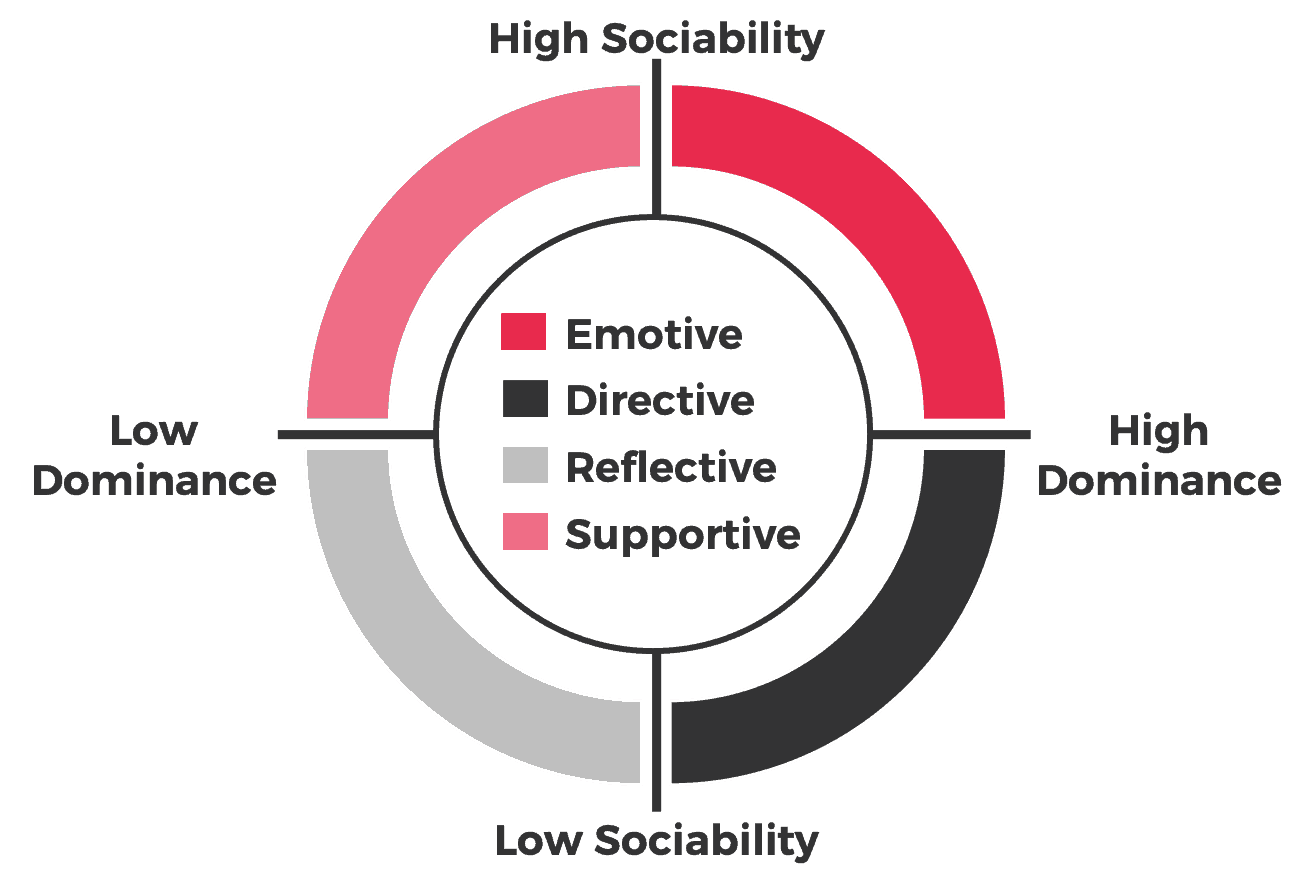Mastering communication styles in the workplace is critical to building a culture of collaborative and transparent communication. Leveraging your communication style ensures you are able to keep lines of communication open, respectfully seek information, and appropriately respond to keep your peers and subordinates engaged.
In addition, building effective communication in the workplace ties directly to employee satisfaction. Employee satisfaction relies a lot on having a voice and being listened to, whether they are trying to communicate an idea and/or share a complaint. Employees need to be able to communicate freely with their peers, colleagues, and superiors about all types of issues and thoughts.
Learning to communicate with impact is essential, so employees feel comfortable being innovative and sharing ideas without fear of ridicule when they bring a concept to the table. This builds trust and resilience. An organization that encourages open communication is far more likely to be an innovative one.
Communication Styles Model
A popular communication style model provides a basis for one’s communication style based on the two dimensions of dominance and sociability. The dominance continuum reflects one’s tendency to influence others in communication. The sociability continuum reflects the amount of control one exerts over emotional expressiveness. These two continuums intersect with each other to create four communication styles.

Emotive Communicator
Emotive communicators are more social, informative and expressive of their emotional opinions. These communicators may be unstructured, stimulating, excitable, persuasive and dynamic. There are a few key steps you can take to ensure effective communication with an emotive:
- Be enthusiastic
- Lose the formality
- Focus on building the relationship
- Don’t worry as much about the facts
- Practice active listening
Directive Communicator
Directive communicators are generally business-like, serious, determined and pretty opinionated. Directives like to maintain control of the communication and can appear to be aggressive, bold or impatient. When communicating with a directive, try these tips:
- Maintain formalities and stick to business
- Respect their time and be efficient when communicating needs – get to the point
- Don’t forget the facts and figures – directives want the stats
- Focus on goals and results
Reflective Communicator
Reflective communicators typically control their emotions, are orderly, careful to express their opinions and can be aloof. They may appear preoccupied and stuffy; however, they are precise, disciplined and industrious. Communicating with reflectives can take some work, consider putting the following tips into practice:
- Never be late
- Don’t worry too much about the social niceties
- Provide documentation in advance – give them time to consider their response
- Never push them to make decisions
Supportive Communicators
The last communication style is supportive. A supportive communicator is very attentive and makes decisions in a thoughtful and deliberate manner. They may appear quiet, reserved, passive, relaxed, sensitive, and patient. When communicating with a reflective, make note of the following:
- Take time to build a relationship
- Practice active listening
- Maintain professional standards
- Avoid being too direct or assertive
- Let them take time to consider decisions
Building Open-Communication in the Workplace
Being aware of your communication style and that of the person you are communicating with is essential for building open communication in the workplace. It takes practice to learn how to recognize the different types of styles and learning how to appropriately leverage your style in conversation. So don’t wait, start now!
Just remember, don’t be too quick to put labels on people. You may find your communication style changes depending on the situation you are in, the people you are speaking to, and your confidence at the moment.
Do you need help in mastering communication in the workplace? We can help. Book a call with us here; we’d love to listen and provide support in any way we can.
To learn more about emotional intelligence and how it impacts your organization, sign up for our biweekly newsletter here, where you will receive our latest updates, an inventory of resources, and much more! Follow us on Twitter, Facebook, or LinkedIn to keep up with more of our blogs!
